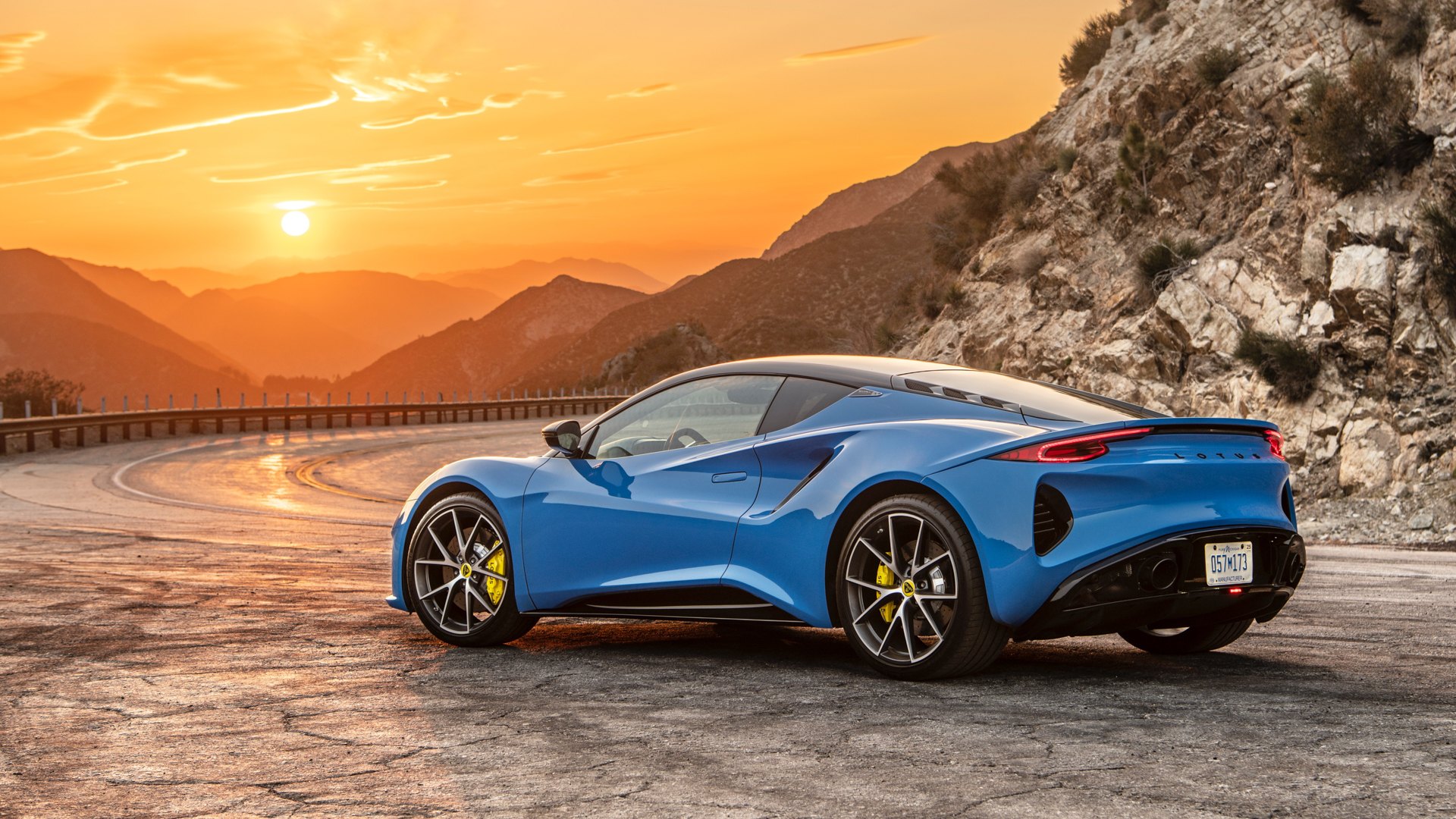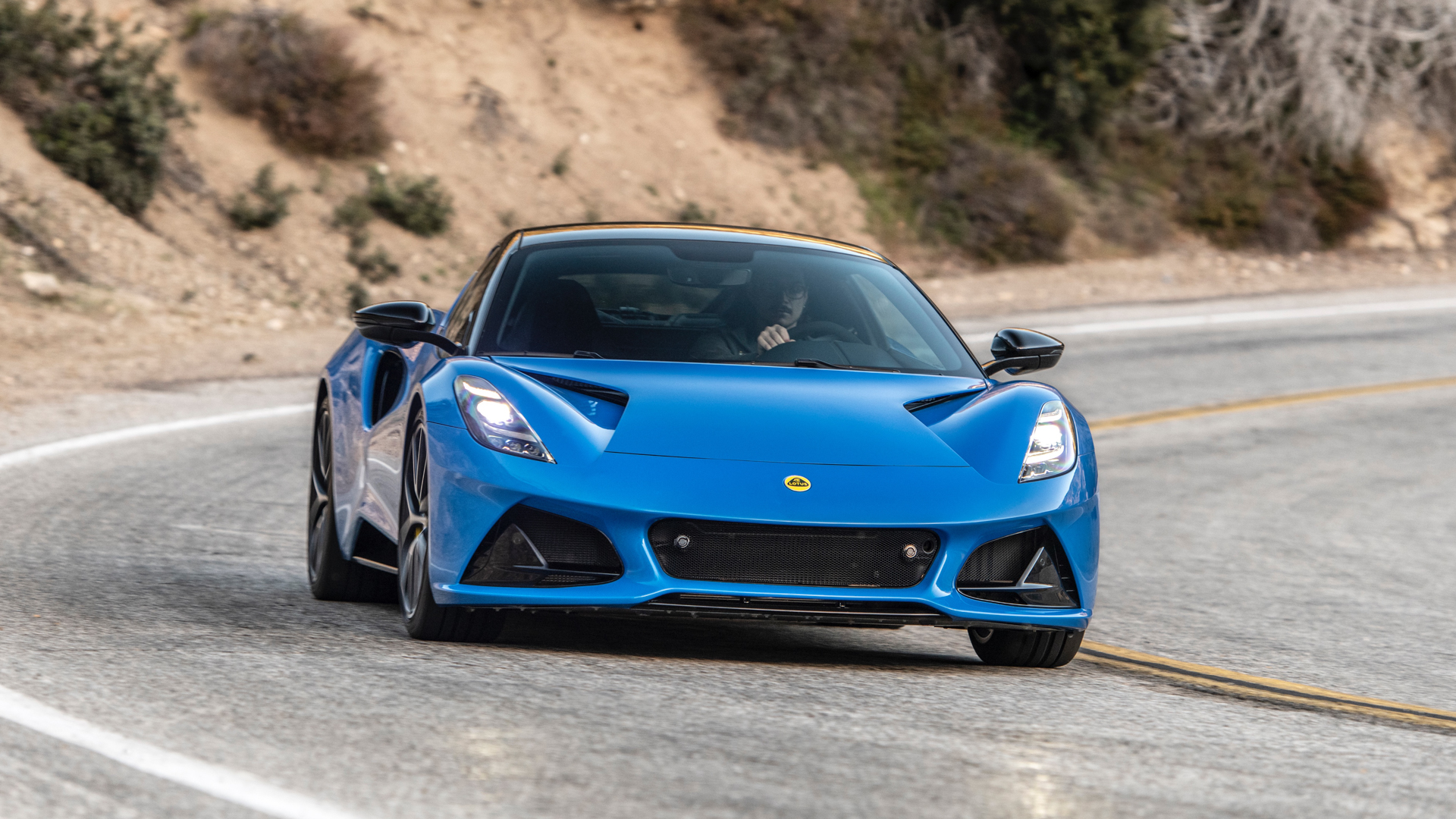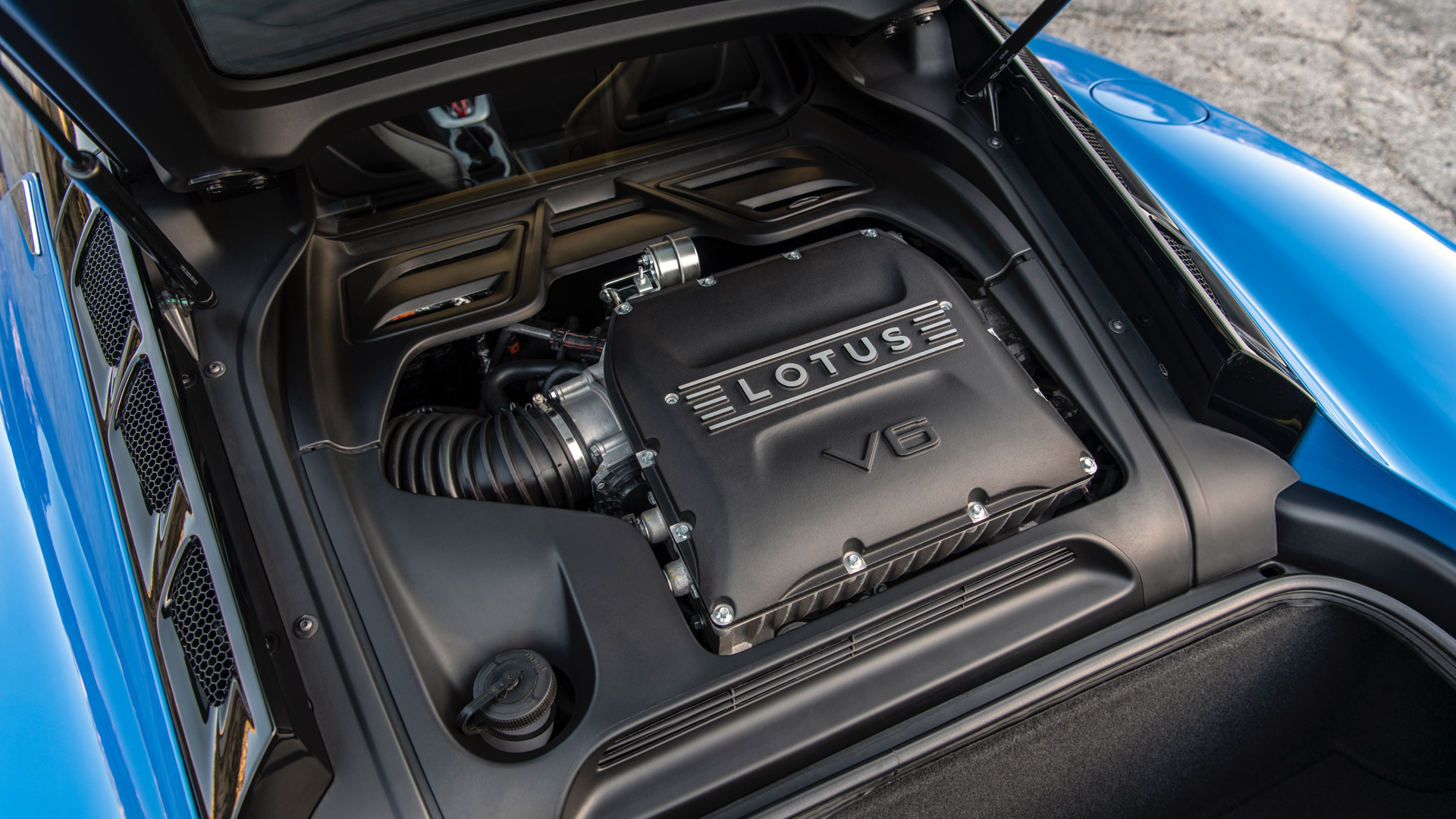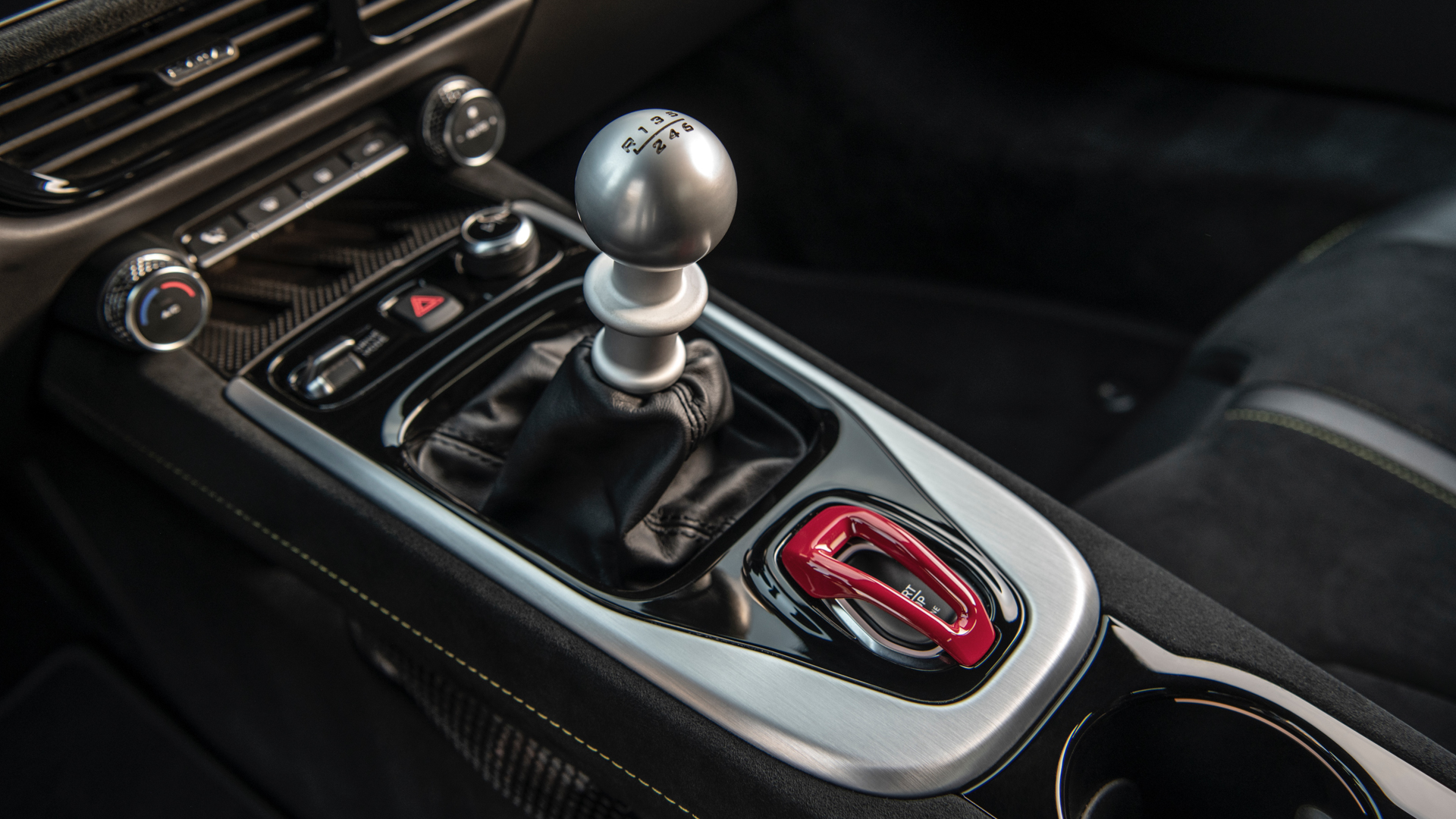
Lotus is in a bit of a pickle with the Emira. As beloved as the supercharged V6 and manual transmission combination has been, Lotus needs an alternative, and fast. The 3.5-liter Toyota-sourced engine won’t be emissions compliant when Euro 7 regulations take effect in 2026. To stay in compliance and also catch the eye of American buyers, it looks like Lotus is, shockingly, considering a V8.
According to Autocar, during a recent earnings call, Lotus CEO Feng Qingfeng told investors that “We are currently investigating the feasibility of the V8.” In the immortal words of Keanu Reeves: Woah.
OK, but why a V8? The Emira already has another engine option; why not just roll with that exclusively? Well, because it’s a four-cylinder. Specifically, it’s Mercedes-AMG’s 2.0-liter turbocharged four-cylinder, and it makes 400 brake horsepower, 354 lb-ft of torque, and it pairs exclusively to an eight-speed dual-clutch automatic. That sounds good, so what’s wrong with that? Americans, apparently. The four-cylinder Emira just hasn’t been popular enough in the U.S. market for Lotus to confidently sell the Emira here without a bigger engine option.

“The US is an incredibly important market for us for the car. It always has been. So we’re looking at the market demand for the product going forward,” CEO of Lotus Cars in Europe Matt Windle told Autocar.
If Lotus does want to stuff a V8 into the tiny, mid-engine Emira, it really only has one option at the ready: Mercedes-AMG’s 4.0-liter twin-turbo V8. “There are some opportunities with the current supplier of engines, so we’re looking at it,” Windle said.
As thrilling as it would be to have an AMG sledgehammer powering a mid-engine Lotus, it doesn’t actually make much sense. Not only would that torquey, twin-turbo engine not match the Emira’s lightweight, sports car vibes, but it’s currently only offered with an automatic gearbox. And part of the current V6’s charm, and why it’s so popular in the U.S., is that it can be shifted manually. Especially when you consider that, per Autocar, Qingfeng’s announcement of a possible V8 was in response to a U.S. dealer asking Lotus for a more powerful, more hardcore Emira to take on the Porsche 911 GT3. A thunderous V8 with an automatic isn’t the tool for that job.

But now, there’s also the consideration of tariffs. The U.S. and the UK have agreed to a lower tariff on imported UK-built cars, which is now down to 10%. And that lower tariff is something Lotus can work with, but it’s yet to restart shipments to the United States.
“The headline numbers have gone out there, but actually the specifics behind it still haven’t been clarified,” said Windle. “There’s product that’s ready to ship, but what we don’t want to do is jump the gun and end up getting clobbered.”
So, jumpstarting production into a new V8 model specifically because it will sell well in the United States market is unwise until there’s clarity on market viability.
Developing a V8 model isn’t as easy as just machining some new engine mounts and transmission adapters. Sure, getting a V8 to fit likely won’t be an issue, especially if Lotus can make a deal for a smaller displacement V8 from, say, Cosworth, rather than the one AMG offers. However, that’s only the beginning of the development process. Then there’s emissions testing and making sure it’s compliant with Euro 7 regulations and beyond. Once that’s done, there’s crash testing that needs to be done and homologation for every market’s own needs. The entire development process for offering an entirely new engine is long and expensive, so Lotus needs to determine whether it’s worth it.


It’s for that same reason that we likely won’t see a Hemi V8 in the new Charger. While we learned that it’s technically possible for the Charger to house a V8, the development cost for an engine that won’t be emissions-compliant soon is likely too high. And the same might end up happening for Lotus and the Emira.
That doesn’t mean Lotus can’t offer a more powerful engine, though. There are plenty of powerful six-cylinder engines that it can borrow and will continue to be emissions-compliant past 2026. Lotus certainly has options. However, it’s nice to know that the brand is even considering a V8, however unlikely that may be, in this current era of downsizing and hybridization. So while it’s doubtful, Lotus deserves kudos for even publicly considering a V8 Emira. Let’s just hope that whatever engine replaces the current V6 will continue to have a manual option.
Got tips? Send ’em to [email protected]
